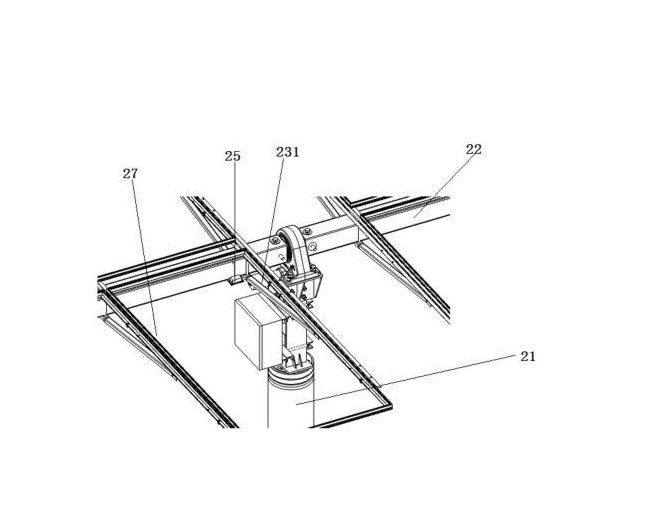The tracking photovoltaic bracket is a photovoltaic bracket system that can automatically adjust the angle of the module to follow the movement of the sun to maximize the efficiency of the photovoltaic module in capturing solar energy.
Tracking photovoltaic brackets can be classified according to their different modes of movement, mainly based on the tracking axis of rotation. They are generally divided into the following categories:
1. Single-axis tracking bracket: The bracket can only rotate around a horizontal or vertical axis to track the sun’s daily movement or seasonal changes. Among them, single axis is divided into flat single axis and inclined single axis. The oblique single axis is more suitable for mid-to-high latitude areas, and the flat single axis is more suitable for mid-to-low latitude areas. Of course, flat single shafts are sometimes divided into two types: flat single flat components and flat single inclined components.
2. Dual-axis tracking bracket: The bracket can rotate around two axes at the same time, tracking the sun’s daily movement and seasonal changes, and keeping the photovoltaic panels perpendicular to the direction of light. Biaxial brackets are more suitable for areas with high altitudes, high latitudes, and good sunlight conditions, and the one-time investment is relatively high.
Compared with single-axis tracking brackets, dual-axis tracking brackets have higher light energy utilization efficiency and better adaptability, and are more common in large photovoltaic power plants. However, the construction and maintenance costs of dual-axis tracking brackets are higher than single-axis tracking brackets. As an important part of the solar power generation system, tracking photovoltaic brackets can maximize the utilization efficiency of photovoltaic modules. Compared with fixed photovoltaic brackets, tracking photovoltaic brackets can automatically adjust the angle of the photovoltaic panels so that they always face the sun and maintain the best light receiving angle in different time periods, thereby increasing the energy output of the photovoltaic system. In addition, tracking photovoltaic brackets can improve the temperature characteristics of photovoltaic modules, reduce problems such as light attenuation and power reduction, and extend the service life of photovoltaic systems. At the same time, tracking photovoltaic racks can also save land use and maintenance costs because they can use existing land more efficiently and install more photovoltaic modules on the same land area, thus improving the economic and environmental benefits of solar power generation. To sum up, tracking photovoltaic brackets plays an important role in photovoltaic bracket systems and is one of the key technologies to improve photovoltaic energy utilization efficiency and promote the development of renewable energy.
Post time: May-08-2024











